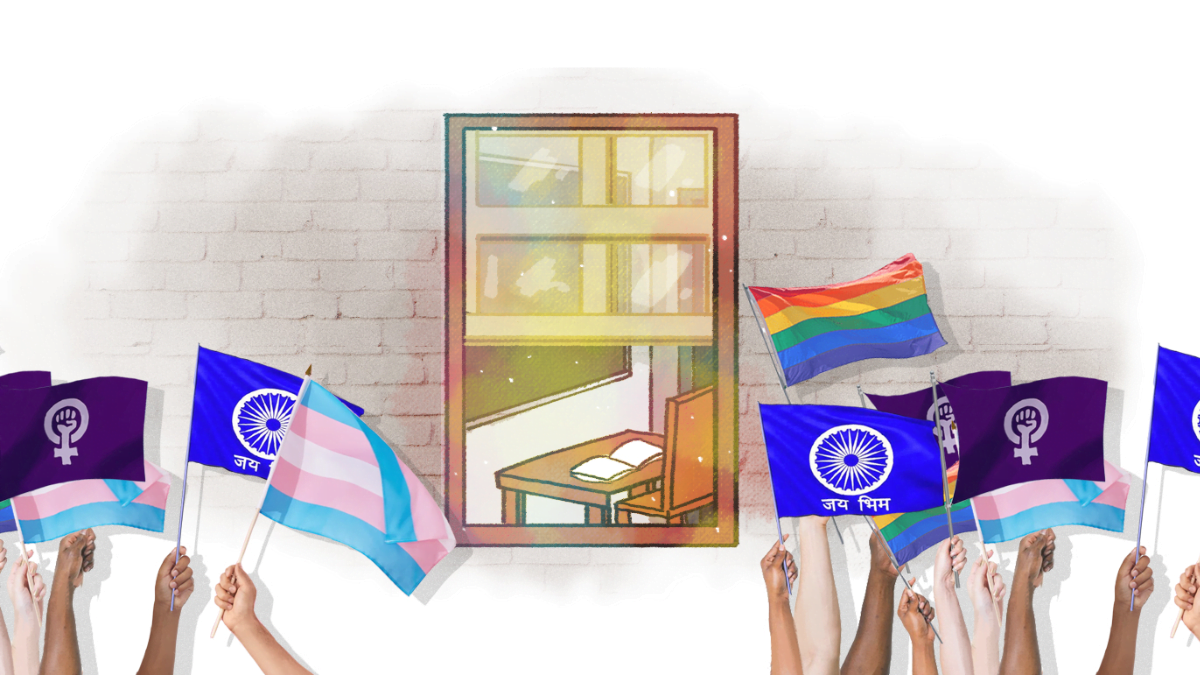Entrance season is nearly over, and a new crop of students will soon trickle into some of the country’s most esteemed institutions to begin their academic pursuits. There is a general air of awe and reverence for anyone who has managed to pass through the grueling filters put in place to be a part of these institutions, and a very conscious obliviousness to the fact that most of these exams are nothing more than a litmus test for identifying the country’s most privileged.
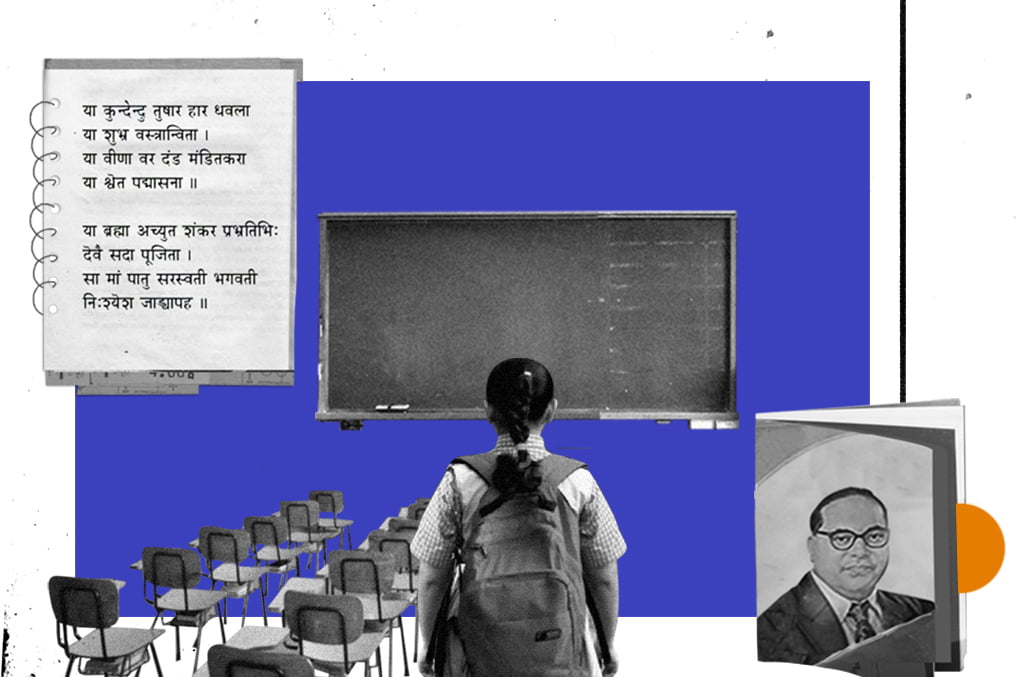
Come the new academic session, upper middle-class families will rush to enroll their children into fancy coaching institutes and will spend upwards of a few lakhs of Rupees on making sure their child passes a multiple-choice exam. From its very inception, pursuing higher education is less a noble pursuit and more an exercise in caste and class privilege.
Academic segregation in prestigious Indian institutions
On campus, the divisions between students in terms of caste, class and sex become more pronounced. Consider the elite Delhi School of Economics, founded by V.K.R.V Rao for economic research and training. Although much hullaballoo exists around D-School’s exclusivity and rigorous academic standards, a letter penned by its student reveals a rather disturbing trend on campus.
None of the students from the Scheduled Caste category, the letter says, secured a first division in their first semester exams. A concerning proportion of students from the SC category could not clear at least one of the three compulsory courses offered that semester. Worse, many were forced to drop out from the program. The detrimental impacts on self-esteem and academic journeys aside, dropping out also meant a whole new set of financial woes for the students.
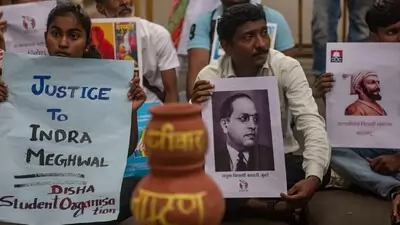
D-School is not the only elite institute with an abysmal rate of retention amongst its marginalised students. According to data shared by the Minister of State for Education in the Rajya Sabha recently, a total of 25,593 students from the Scheduled Castes, Scheduled Tribes and Other Backward Classes, as well as other minority groups, have dropped out of central universities and the IITs over the past five years. Out of these, 8139 students had dropped out from the IITs alone.
Although reasons cited for the same included an inability to adapt to the high-pressure environment these institutes maintain on campus, little insight exists as to how such adaptability is marred by lack of resources to equip marginalised students with education in English, operating computers, or building a firm technical foundation in scientific subjects that those from privileged backgrounds already had access to by virtue of their wealth.
The extent of academic segregation on the basis of identity
Little knowledge exists on the immense psychological toll that casteism and misogyny perpetuated on campus take on academic performance. Yet accounts of discrimination faced by students offer a chilling look into the ways in which social divisions are enforced on campus.
Little knowledge exists on the immense psychological toll that casteism and misogyny perpetuated on campus take on academic performance. Yet accounts of discrimination faced by students offer a chilling look into the ways in which social divisions are enforced on campus.
Casteist slurs are rampantly used in IITs. In a survey conducted by the IIT-Bombay’s SC/ST student cell, results revealed how nearly 37% of students were asked their JEE/GATE/UCEED ranks and for most students belonging to a marginalised background, this was almost invariably followed by invasive probing into their caste, either directly or by asking their surnames.

Although officials stated that casteist discrimination did not lead to Darshan Solanki’s tragic demise early this year, the accounts of students on campus with regard to their run-ins with casteism reveal an unacknowledged environment of bigotry, often aided and enabled institutionally.
Misogyny, too, remains pervasive in the country’s prestigious institutes. The “cream” of the country has almost no redressal mechanisms to address the ways in which girls are sexualised and harassed on campus. Feminism remains a taboo word, evoking discomfort or outright frustration. Such unsafe conditions inhibit students’ physical and mental well-being, clamping down on the academic opportunities they may have accessed had they been studying under much safer and harmonious conditions.
Discrimination against marginalised communities in higher education
Academic opportunities remain scarce for DBA students pursuing their PhDs. Casteism remains rampant in the notoriously competitive world of academia. DBA scholars often find their works and experiences tokenised by their Savarna counterparts for their own research work. Academics continues to fetishise DBA experiences while at the same time strategically excluding marginalised scholars from the field. Research fellowships are scarce as well, even as enrollment for SC, ST and OBC students increases.

A PhD remains a pursuit for the country’s most well-endowed people who have the means to finance their studies for prolonged periods of time without having to worry about their resources. Financial support for students from marginalised backgrounds is not only hard to access, but also notoriously confusing to apply for. Such bureaucratic hurdles only serve to discourage students from applying for them.
Even if students begin their PhD program, they find it hard to get a good mentor for their research. Many candidates are rejected by professors from privileged-caste backgrounds on the grounds that they are “quota candidates.” Funding remains a pernicious woe amongst students.
The lack of job opportunities for marginalised students
Research work aside, even students who wish to make use of their college’s placement opportunities find it hard to do so. Many colleges demand money for students to even become eligible for sitting for placements. Failure to pay the same results in swift and harsh retribution- students are barred form sitting for placement tests or appearing for interviews at all.
Many colleges demand money for students to even become eligible for sitting for placements. Failure to pay the same results in swift and harsh retribution- students are barred form sitting for placement tests or appearing for interviews at all.
Graduates from IIMs with an SC/ST/OBC background often end up in jobs with significantly lower wages than their privileged peers. Although such a difference existed due to differences in academic performance, it reflects a complete negligence on the behalf of such reputed institutions to equalise school-level opportunities and foundation amongst students.

A rampant belief that affirmative action alone can be reparation enough for the social and economic segregation SC/ST/OBC students encounter exists in most institutes. As such, little attempts are made to bring all the students at par with each other in terms of technical knowledge gained prior to admission. Worse, dismissive attitudes toward discrimination on campus seriously affect the well-being of students.
Meritocracy: a lie founded on academic segregation by the privileged
From the very beginning, education in India is differential in terms of how different social groups access it. For those belonging to oppressor castes, education is merely a means to reproduce capital and amass generational wealth, and further reproduce the very systems of exclusion that ensure their next generation also enjoys the same privileges.
Coaching for entrances and tuitions for schools present a new, capitalistic development in the realm of education- schools are rendered practically useless while huge funds are essentially funneled into these tuition centers. Entire hubs have sprung around this business.
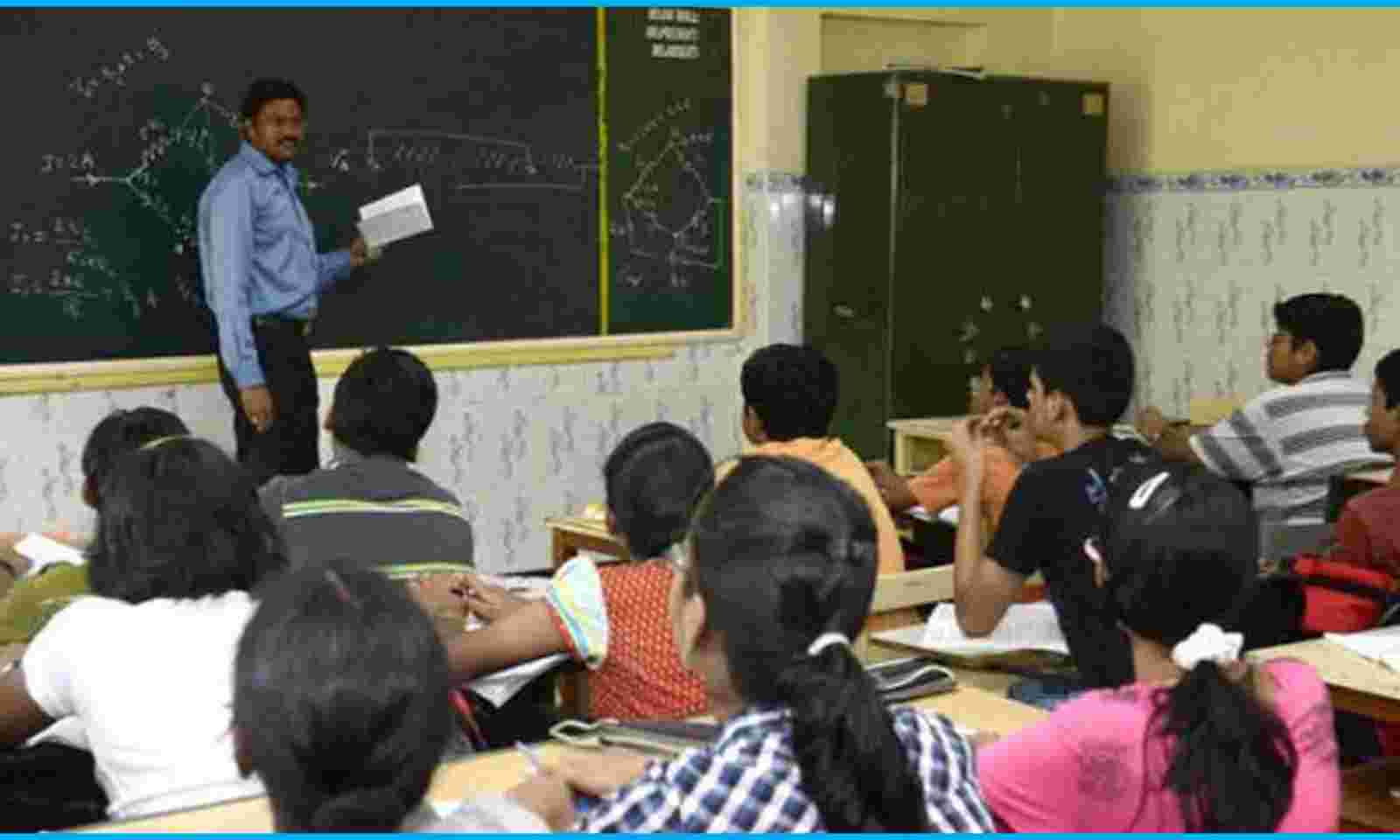
Social capital becomes a tool in filtering out rich and privileged students who have access to quality education (and often more than what their curriculum dictates) from those students whose caste and class backgrounds prevents them from accessing such services.
Entrances themselves present a meritocratic model of assessment. By glorifying the idea of merit, such exams perpetuate the false notion that the worthiness of a student can be accurately measured by a set of questions they have been programmed into solving almost mechanically. The conception of merit itself is blatantly casteist since it promotes the belief that there exists groups of people more deserving of quality education than others.
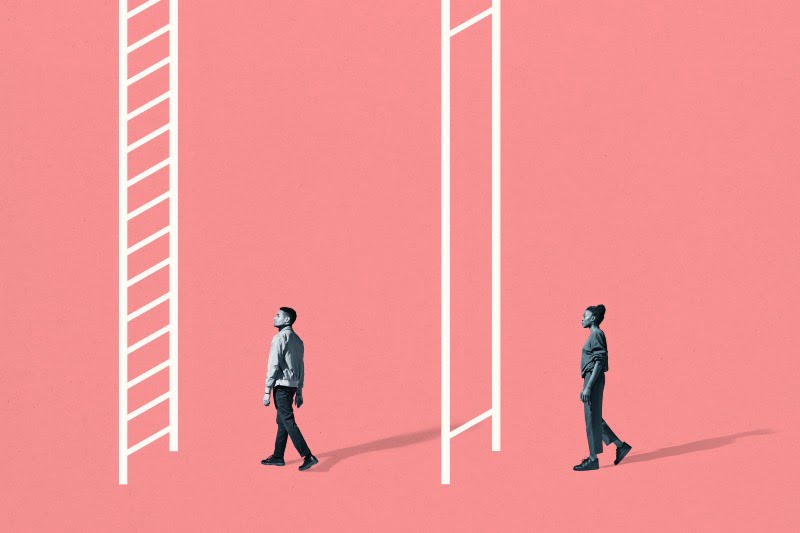
In this way it is analogous to the system of measuring IQ popularised in the United States. Just as the IQ system has now been decried as racist, so too, must the general public acknowledge that merit is a casteist tool only meant to systematically enact divisions on the basis of class and caste by essentially segregating the population of students into “meritorious” and otherwise. It is high time that Indian academia be held to scrutiny for its fallings.
About the author(s)
Mayank (he/him) is an 18-year-old student hailing from Delhi. He is particularly interested in offering cultural and literary critique through the lens of feminist and queer studies. In his free time, Mayank enjoys reading theory and is known to appreciate pictures of pet cats.
